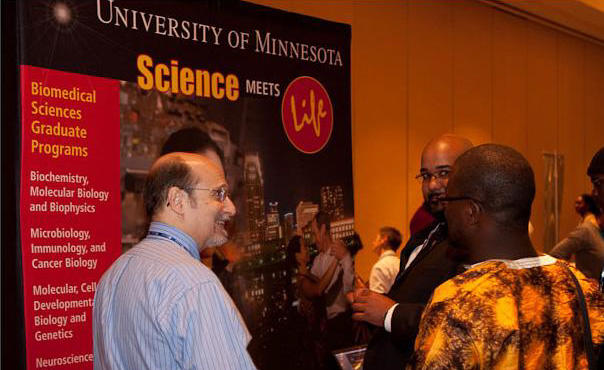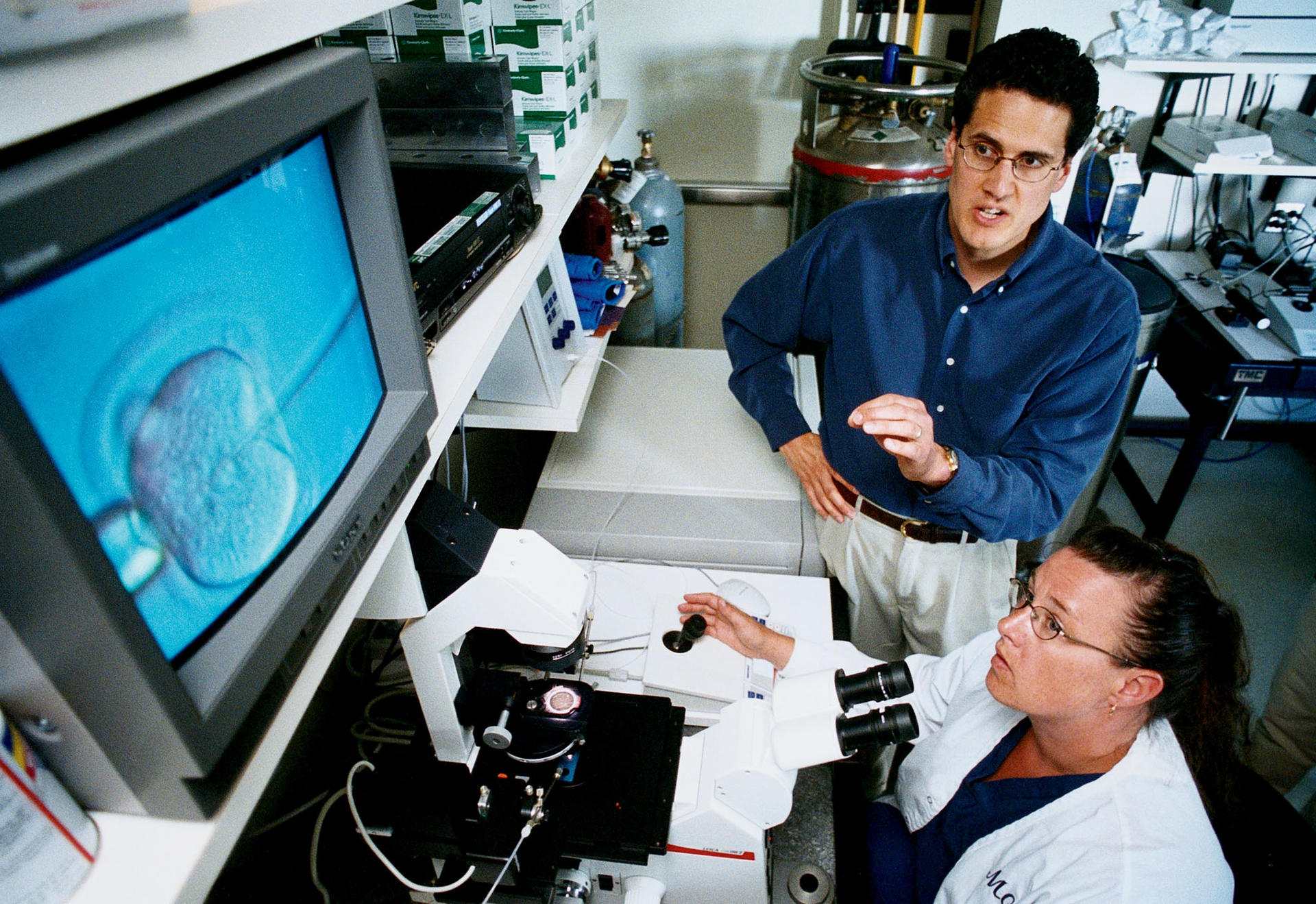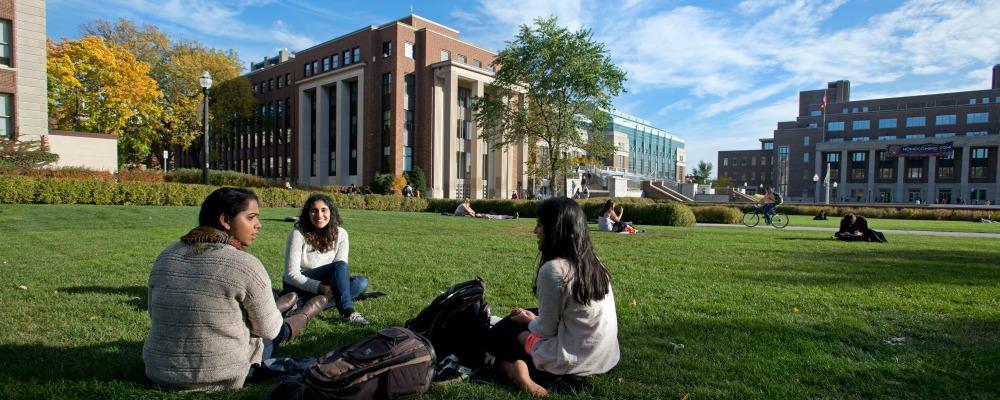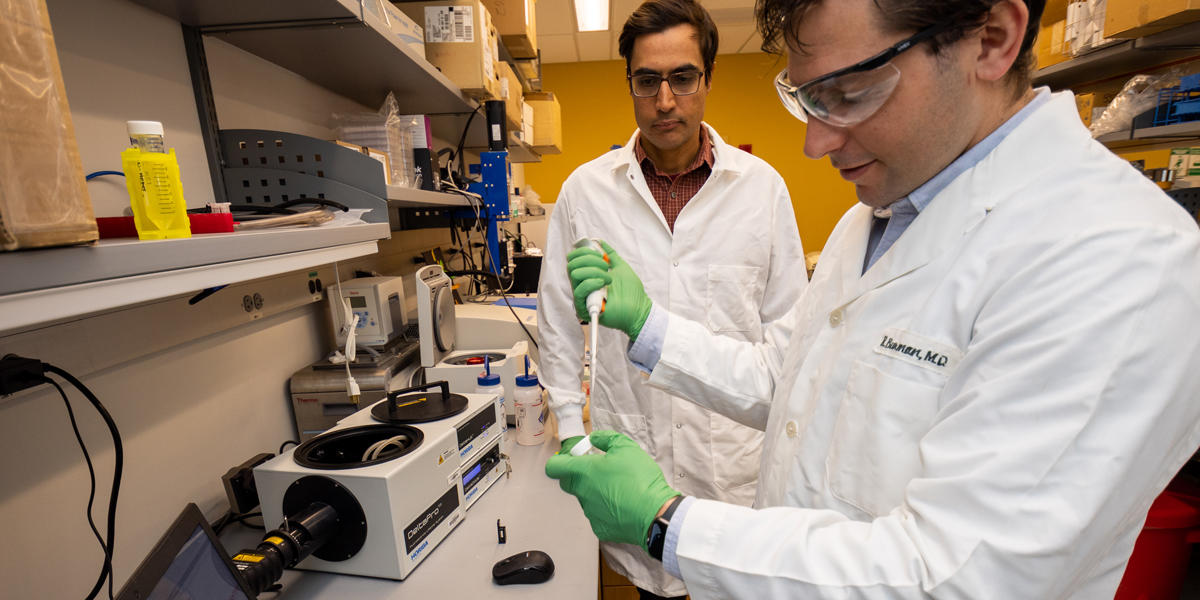Application Process, Admission and Hiring
Prospective Graduate Students - Application Processes
The University of Minnesota Medical School has currently 11 graduate programs in the biomedical and health-relevant sciences. Each program has their own admission committee to review applications. However, all our programs use the same application portal, which allows you to apply to multiple graduate programs in various disciplines interest you.
In general, our graduate programs are interested in recruiting and retaining the applicants that have a demonstrable track record of academic success coupled with research experience. There is no minimum amount of research hours or specific courses to-be-taken that entitle an applicant to receive an interview and be offered admission. In turn, our programs are interested in measuring the whole entirety of an applicant -- all the cumulative academic, research, community engagement and life experiences that foster a unique individual with a strong commitment to studies in biomedical- and health-relevant research. Below are steps recommended to help you during the application process.
Steps to Applying for Graduate Programs in the Biomedical Sciences
Explore Biomedical Science Disciplines
Explore the research disciplines that are most exciting to you. Whether it is neuroscience, cancer biology, rehabilitation sciences or molecular genetics, the Medical School graduate programs offer training in all areas of biomedical sciences.
View the various graduate programming offerings
Search the various graduate programs available within the Medical School here. You can review the programs faculty members, course work offerings and even read in detail the student handbooks. This will help to evaluate the unique offerings of our respective graduate program compared to other University offerings.
Apply to the Graduate Program
Initiate the application process for the graduate program here. The application form will request the required fields: Personal Information, Application Information, Educational Background, Languages, Awards and Activities, Residence Information, Financial Support, Application Statement, and Recommendations. It is also strongly requested you upload a Diversity Statement.
Deadlines slightly vary by programs, but the general deadlines are end of November/beginning of December.
Connect with graduate faculty and program directors
In this last step, we strongly recommend you contact and establish connections with the graduate program directors and coordinators. Additionally, you can research available faculty members on the graduate programs' respective webpage. Searching early on of potential faculty provides an opportunity reach out and engage with researchers you would like to work with and be mentored by. Importantly, the GPS office would be happy to assist you in these processes. Please e-mail us at gps-office@umn.edu to for any questions or assistance in the application processes.
Prospective Students
To apply, please use the following link: choose.umn.edu/apply
Fee Waiver App System Closed.

Prospective Postdoctoral Scholars - Application Processes
The traditional process for attaining postdoctoral positions are both reaching out to principal investigators/faculty members with whom you are interested in working with and/or searching available postdoctoral positions posted on job boards (such as Nature Careers, Science Careers or the Higher Education Recruitment Consortium, among several others).
In addition to these avenues, we welcome prospective postdoc scholars to search our listings available on the University of Minnesota Job Search engine. For general postdoctoral searches, you can search the job code 9546 or enter in a description of the type of research you are interested in.
Lastly, we are in process of launching an internal application network system. The system will allow prospective applicants a year (or more) out from graduation from PhD studies or looking to transition into a second postdoc position to input their future interests in training with Medical School faculty investigators. Here, you, as a prospective trainee, will have the opportunity to submit CV, research statement, discipline/research interests and other keywords to help our system connect you with an ideal match of a faculty mentor/principal investigator. We anticipate the system to go live in March 2024.
Steps to Applying for Postdoctoral Positions
Searching, Networking and Scanning
Postdoc positions are becoming increasingly more posted on job boards, such as Science Careers, Nature Careers and Postdocjobs.com. However, networking and scanning research disciplines remains still the traditional approach to finding postdoc positions. Within the Medical School, we have several Centers, Institutes, Programs and Departments that support specific and multidisciplinary areas of research. By searching the overarching objectives/missions of the these research entities in the Medical School, you can a group of faculty/principal investigators that are engaged in research most exciting to you. Many of these investigators may be actively (searching and) accepting postdocs, but have not publicly posted yet on job boards. We encourage you to reach out to these individuals and inquire of opportunities to train under them.
Send an E-mail to inquire about research training opportunities
After you have identified job postings or research faculty you are interested in working with, the GPS office encourages you to reach out to the faculty member to further inquire about research training opportunities. At this stage, the Office of Graduate and Postdoctoral Studies can help you by fostering the connection between you and the principal investigator. Our dedicated Program Manager for Postdoctoral Studies works closely with our faculty across a multitude of research areas and prospective postdocs to help facilitate these training opportunities. Please contact us at gps-office@umn.edu.
Discuss the research studies and mentorship enviornment
After you've contacted to inquire about positions and received favorable feedback from one of our faculty members, it is then best to discuss key elements of the training period. In particular, you will want to discuss your immediate research interests, long-term research goals, mentorship training style (of the principal investigator), availability of funds and even support for actively applying for postdoctoral research fellowship (i.e. NIH F32) and/or career awards (i.e. K99/R00).
These conversations are particularly important for establishing mutually agreeable goals and expectations during the training period. This also helps clarify your goals as a postdoc to the mentor to assure availability of time, funds and support to meet all your long-term career goals. The GPS Office is available to assist in these discussions and provide support in helping to identify key elements you will want with your prospective advisor. Please contact us at gps-office@umn.edu and we would be happy to help and work with you.
Decisions should be a balance of rigorous research training balanced with career preparation
Although notable first-author publication track record and receiving early career or fellowship awards is important, it is not the only criteria for having a successful research training experience. Expanding the breadth of knowledge in a research area, movement into a new discipline, developing pedagogy and teaching experiences, participating in clinical or health outreach activities and mentoring training of junior scientists, among other elements in your academic training, are also important in deciding which research environment best fits you. Ultimately, this requires you to well balance and weigh proportionately the most important items for your long-term career goals. The GPS Office has a career development team that can assist you in helping to make these important decisions. Please reach out to us and we would be happy to talk with you about these and other outstanding elements that will help you in making the best decision for your postdoctoral training.
Prospective Postdocs
Please read the following sections to help in your search for postdoctoral positions in the Medical School.
Additionally, in March of 2024, the internal application network for searching postdoctoral positions goes live within the Medical School. Please visit this website again at that time for further information.


